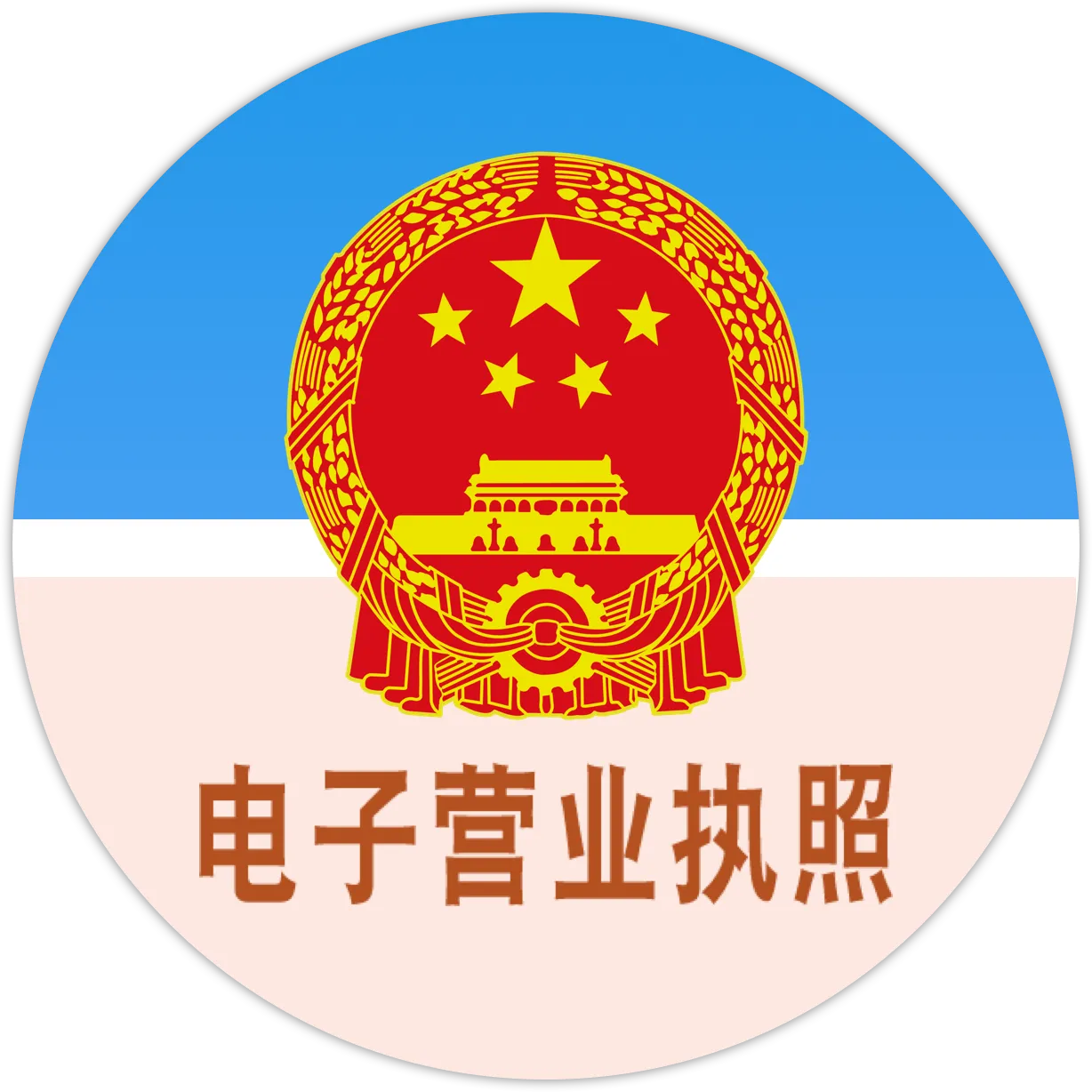
Paomo history
2022.10.13
Historical Stories of Steamed Bread with Beef and mutton
How did the bottom of the steamed bun with beef and mutton come from? When was it formed? There has never been a final conclusion, but there are many "unofficial histories" about Paomo. As the largest private halal catering enterprise in Xi'an, Fangshanren Halal Catering Co., Ltd. takes promoting halal food culture as its own responsibility, and has carried out a lot of research and textual research to explore the original culture of this "food essence".
There are different opinions on the historical evolution of "Paomo", and there are different opinions from the hometown of "Paomo" - Xi'an Muslim Square. Among the numerous sayings, the saying that "Paomo" originated from the "Western Regions" is the most popular and persuasive. Chinese historians and Islamic scholars tend to believe that Islam was introduced into China in the second year of Yonghui, Emperor Gaozong of the Tang Dynasty, that is, 651 AD. So far, Islam has entered China for 1350 years. According to accepted historical records, in the second year of Yonghui in the Tang Dynasty, the Emperor of the Tang Dynasty received a delegation from the Arab Islamic Empire, which was called "Dashi" in the Tang Dynasty. As a sign, the Arab Islamic Empire and the Tang Dynasty began to interact frequently. It is also a sign that the academic circles believe that Islam was officially introduced into China. The Prophet Muhammad once said that "learning should be sought even if it is far away from China", which is also a proof of China Arab exchanges. All kinds of detailed and accurate historical data are not the same. At that time, the Tang Dynasty and the Arab Empire, known as the "Big Food", had official and civil exchanges at various levels. The "Hu merchants" living in Chang'an City made Chang'an "West Market" prosperous. The famous "Silk Road" connects two kinds of brilliant civilizations at the starting and ending points of the "Silk Road". The exchanges and intercommunication of various ethnic groups make the "Silk Road" prosperous. Numerous large and medium-sized cities have emerged along the "Silk Road".
In the 14th year of Emperor Xuanzong's Tianbao, the "An Shi Rebellion" broke out in history. With the support of Guangping Prefecture and famous general Guo Ziyi, Emperor Suzong of the Tang Dynasty ascended the throne in Lingwu, Ningxia. The next year, the second year of Emperor Suzong's Zhide of the Tang Dynasty (757 AD), King Tang borrowed troops from "Dashi" to jointly counter the rebels in the "An Shi Rebellion". The "Dashi" army and the Tang army together quelled the "An Shi Rebellion" and "took over the two capitals from Liangshan." After the "An Shi Rebellion" was quelled, with the grace of Tianyu of the Tang Dynasty, some "Dashi" soldiers were allowed to garrison in Chang'an. Today, there is still a mosque called "Yingli Temple" in Xixiang Lane of Primary School in Lianhu District, Xi'an City. Many customs of Chinese Muslims are related to this "big food" army and the "Hu people" and "Hu merchants" living in Chang'an.
After some "Da Shi" soldiers were allowed to garrison in Chang'an, their daily life should still follow Islamic customs. Tang Chang'an was one of the most prosperous and open cities in the world at that time. A large number of "Hu people" and "Hu businessmen" lived in Chang'an. In order to show their Islamic characteristics, these "big food" soldiers often use their "waist tags" in the barracks to explain their dietary taboos to people around them. Over time, some "Hu people" and local merchants specialized in the business of "Da Shi" soldiers. In order to make the "Dashi" soldiers see more clearly, they enlarged the "waist token" and hung it in the doorway. The content of the "waist token" is essential in their life - the "soup bottle". Islam stipulates that people should worship five times a day, and each time they worship, they must first take a bath. "Soup bottle" is a necessity of their daily life. Therefore, the "waist token" marked by the "soup bottle" later developed into a symbol, which is called the "halal token" by the Muslim public. The custom of hanging the "Halal card" in Halal hotels has also continued to this day.
Dry food should be prepared for marching and fighting. A kind of food similar to "Nang" is very suitable for carrying and preservation. It is called "Talmu" in Arabic. With the increasing exchanges between the soldiers of "Dashi" and the local people, the production method of "Talmu" has also spread from the military camp to the market, and over time, it has become one of the staple foods of today's Xi'an Muslim people, "Pi steamed bun". The marching and fighting took a long time, and the "Pita Bread" carried by soldiers would also become dry and hard to swallow. "Dashi" soldiers have the habit of eating mutton. The dry "Pita Bread", together with mutton and mutton soup, not only solves the problem of eating, but also tastes delicious. This diet is one of their national foods, which is called "Mulleg" in Arab region and "Abgush" in Iran. In today's Arab countries and Iran, we can still find this kind of food similar to Xi'an beef and mutton steamed bun. In the process of calming down the "An Shi Rebellion", many "Dashi" soldiers and "Hu Merchants" were happy to live in Chang'an for a long time without thinking about Sichuan, and their eating habits gradually melted into the common people.
The food for marching and fighting is simple, fast and convenient. As for the eating habits in peacetime, people also pursue color, fragrance, taste and shape, so there are many ways to soak steamed buns in Xi'an. According to the dining time, it can be divided into mutton in water basin for breakfast, steamed buns for lunch and Xiaomiao for dinner. The mutton in the water basin requires fresh soup and hot steamed bun. Soaking steamed buns requires rotten meat and steamed gluten. Stir fry meat and add vinegar to facilitate digestion. According to the cooking methodology, it can be divided into dry bubble, single walk, mouth soup and water siege. On the basis of the content of Paomo, it can be divided into beef and mutton Paomo, radish, bean sprouts, cabbage balls, leeks, chives, onion sprouts and other vegetable Paomo. In order to avoid the greasy beef and mutton in the steamed bun, it is customary to add sugar and garlic. In order to make the steamed buns look layered, fans and green onions or garlic sprouts are added. This is how we are used to seeing steamed buns today.
With the development of history, the steamed bun with beef and mutton has become an everlasting food for the people in the market. In the streets and alleys of Xi'an, there are a lot of restaurants operating beef and mutton steamed buns, which has fully consolidated and promoted this food. In particular, the beef and mutton steamed buns of the famous brand Fangshangren Restaurant were recognized as "Chinese famous snacks" by the former Ministry of Internal Trade and the China Cooking Association, which has made the steamed buns leap into the "national brand" war robe and sublimate to a new height.
Looking at the evolution history of Paomo, we can easily find that in the long history, Paomo has always been developing through inheritance and innovation in development to meet the needs of the times. In today's changing economic development tide, the flower sea of food is more brilliant, and we look forward to a more wonderful performance of this historical "food essence".
Because history is innovation and innovation is life!





